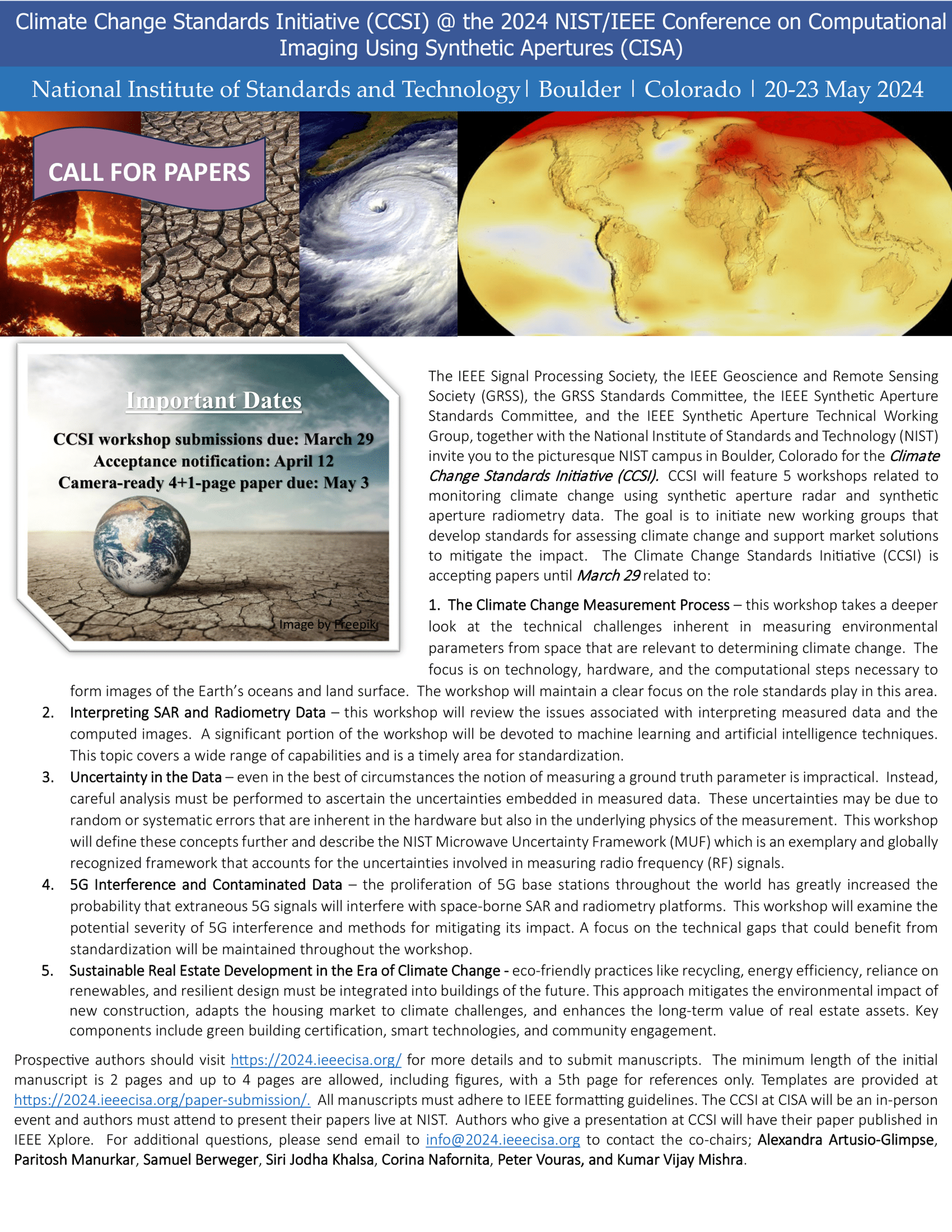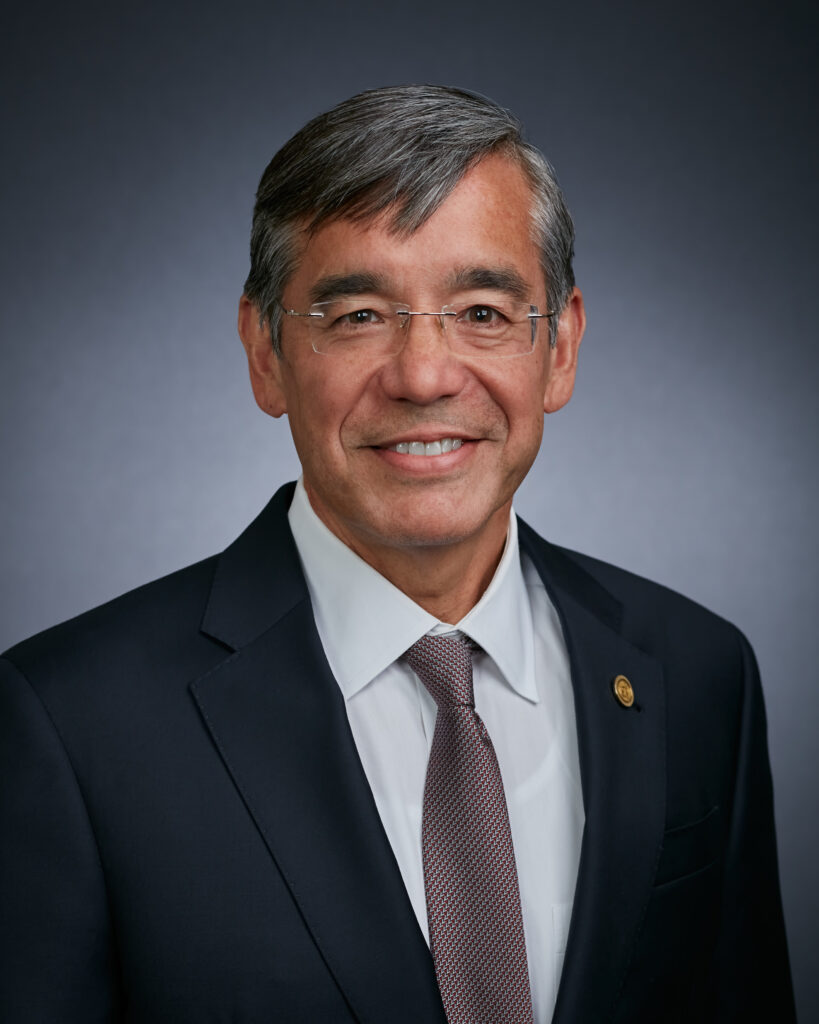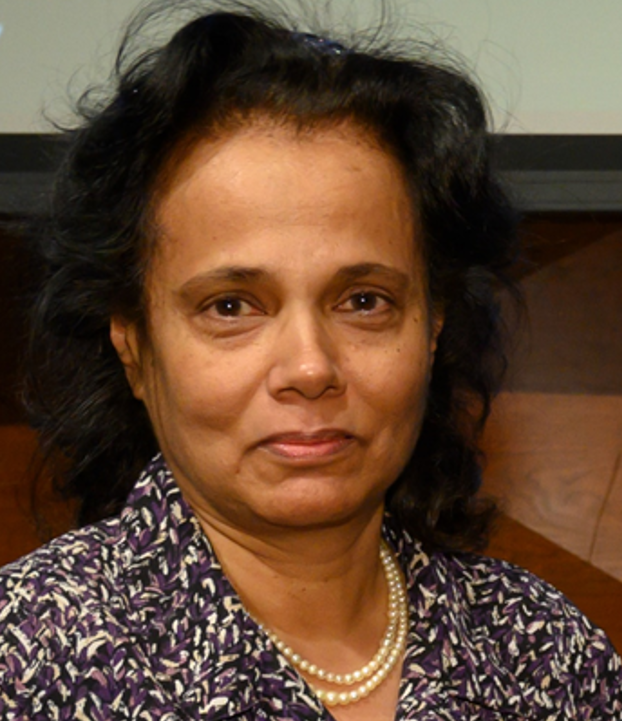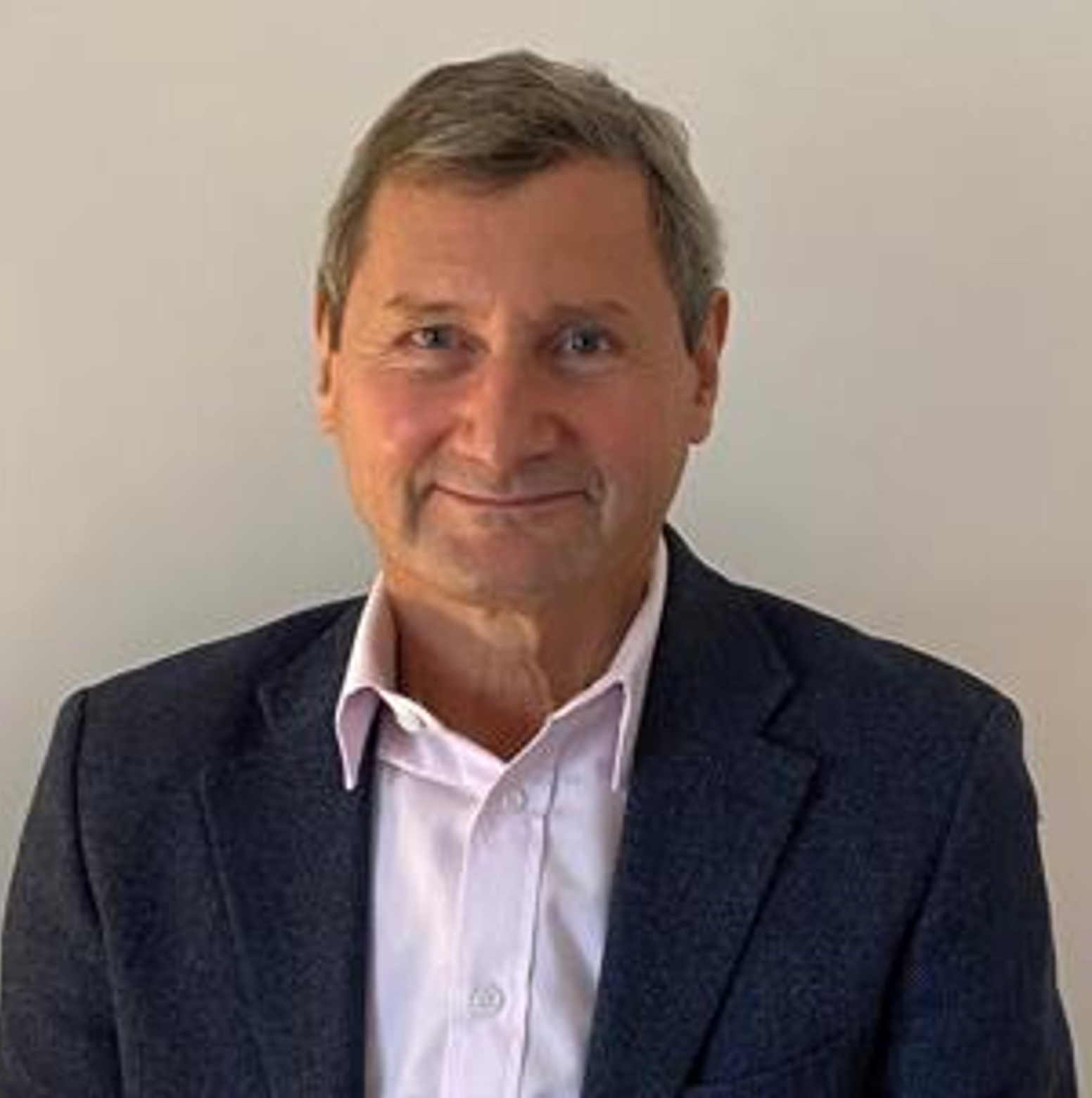Registration for the CCSI on May 23 is free for virtual or in-person attendees. Please send an email to info@2024.ieeecisa.org to receive the registration code

Download the CCSI call for papers here
Keynote Speakers

A Vision for the Future of Next-Generation Weather Observations Using Fully Digital Phased Array Radars
Weather radars have become indispensable to meteorologists and the general public for both understanding and awareness of high-impact weather events and as part of the operational warning infrastructure. In the U.S., the operational weather radar network is composed of approximately 160 WSR-88D radars, which are S-band, dish-based, polarimetric Doppler radars that will reach end of life by 2040. This work reports on the development of a fully digital phased array weather radar that is being used to assess the potential of such technology as a replacement for the WSR-88D radars. The “Horus” radar is a truck-based, S-band, fully digital polarimetric phased array radar that was designed to be completely scalable. Fully digital phased array radars hold promise for meeting some of the greatest technical challenges facing the meteorological community, such as the effective integration of dual-polarization capability with phased array beam agility. This paper describes the fully digital Horus phased array weather radar that was recently completed by the Advanced Radar Research Center (ARRC) at the University of Oklahoma (OU). An overview of the advantages and challenges facing fully digital arrays for weather observations is provided along with potential mitigation strategies. Extensive weather observations with Horus are given with the goal of assessing the radar scanning capabilities and most importantly the polarimetric quality under a variety of weather conditions. Finally, a vision for the future of next-generation weather radar operations is given with an eye toward leveraging the scalable design of Horus for high-resolution weather observations.
Robert D. Palmer is the Associate Vice President for Research & Partnerships at the University of Oklahoma. Dr. Palmer has decades of experience as an academic thought leader. Currently, he holds the Tommy C. Craighead Chair in the School of Meteorology at OU and is an Associate Vice President for Research & Partnerships. He also established and is Executive Director of the nationally recognized Advanced Radar Research Center [http://arrc.ou.edu]. Bob received the Ph.D. degree in electrical engineering from the University of Oklahoma, Norman, in 1989. From 1989 to 1991, he was a JSPS Postdoctoral Fellow with the Radio Atmospheric Science Center, Kyoto University, Japan, where his major accomplishment was the development of novel interferometric radar techniques for studies of atmospheric turbulence. After his stay in Japan, Dr. Palmer was with the Physics and Astronomy Department of Clemson University, South Carolina. From 1993 to 2004, he was a faculty member in the Department of Electrical Engineering, University of Nebraska, where his interests broadened into areas including wireless communications, remote sensing, and pedagogy. While at OU, his research interests have focused on the application of advanced radar signal processing techniques to observations of severe weather, particularly related to phased-array radars and other innovative system designs. He leads the ARRC development team of the S-band “Horus” radar, which is the first fully digital polarimetric phased array radar focused on severe weather observations. He has published widely in the area of radar sensing of the atmosphere, with over 125 peer-reviewed journal articles, 1 textbook, 50 international invited talks, and over 300 conference presentations. Bob is a Fellow of both the American Meteorological Society (AMS) and the Institute of Electrical and Electronics Engineers (IEEE) emphasizing his dedication to the interdisciplinary nature of radar science.

Polarimetric Weather Radar: Some Applications and Accomplishments (and Challenges)
It has been nearly 50 years since the practical use of polarization diversity for weather radars was demonstrated. Though some of the earliest work utilized right-hand and left-hand circular polarizations, by late 1970’s the emphasis had shifted to use of linear polarizations, both vertical and horizontal, especially at S-band. The backscatter reflectivity for each of the two polarizations provided more information related to the rain drop-size distributions (DSDs) within a given radar pulse volume. The DSDs inferred from the radar measurements were used not only for rainfall studies but also for radiowave propagation research. Later, phase measurements for both polarizations enabled further applications, e.g., in elucidating details of microphysical processes, hydrometeor identification, radar hydrology as well as non-meteorological applications. We discuss here some of the important applications of dual polarization radars, highlight some of the accomplishments, both past and recent, and outline some challenges associated with radar data analyses including the effects of drop oscillations on the polarimetric radar parameters.
Merhala Thurai received her BSc in Physics from Imperial College, London, in 1980, and PhD from King’s College, London, UK, in 1985. She worked at Rutherford Appleton Laboratory, Oxon, UK, for 14 years in the Radio Communications Research Unit, focusing mainly on research related to precipitation effects on terrestrial, line-of-sight systems and on satellite links. She has been with Colorado State University since 2004. Her current research work includes characterization of (i) rain drop size distribution, (ii) drop shapes, and (iii) fall velocities, both from ground instruments and from inferences using polarimetric weather (research) radars. She has authored many journal articles, two book chapters, and is one of three editors of a 3-volume book titled ‘Advances in Weather Radar’.

Climate Change and the IEEE: Why and how?
Climate change is a multiple trillion-dollar problem. Climate change is here and not questionable. Extremely rare events are becoming more common from heatwaves or droughts in China, or British Columbia, flooding in Germany but also in the Gulf States. Global movement toward decarbonization is expected and energy transition needs to be made fast. Start with efficiency. Then electrification. Then favor sources of energy with less greenhouse gas emissions, CO2 but also SF6 or CH4.
Can technology solve the problem? It is not enough but it can make a dramatic difference. Scientists, engineers are working throughout the value chain of decarbonization. IEEE members in its different bodies are active in the field. In particular, the IEEE Technical Activities Board through its different Societies, but in a transverse way, the TAB Climate Change Program bridges gaps between existing initiatives or starts new ones and supports cross fertilization.
Bruno Meyer has over 38 years’ experience in industry in the field of energy. He joined EDF (Electricité de France) in 1985 where he held several senior management positions during his career. Amongst others, he was VP for R&D Transmission & Distribution for EDF after being Director of R&D on Power Systems and Electrical Equipment. In 2009 he joined at Transmission Operator, RTE, as Senior Executive. From 2011 to 2016 he was CEO of ARTERIA, RTE subsidiary in telecommunications. Recognized as an international expert, his fields of expertise include electricity economics and regulation, power system dynamics and planning and power grids electrical equipment. He has published over 80 papers or conference papers in the field of energy, including a book on Power Systems simulation. Meyer has a Ph.D, from Edinburgh University, an M.Sc. from Sao Paulo University and a B.Sc. from Unicamp (Brazil). He was elevated to the grade of IEEE Fellow in 2008. He was 2022 IEEE Vice President Technical Activities (TAB). He was member of the Board of Directors of the IEEE in 2018, 2019 and 2022. At IEEE he launched a program on Climate Change. Since 2021, Bruno Meyer is Secretary General of GO15, a global association of Very Large Power Grid Operators (http://www.go15.org).
He is president of consulting firm ConsultBKM (http://www.consultbkm.fr).

